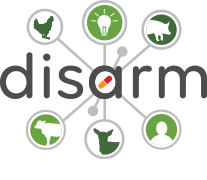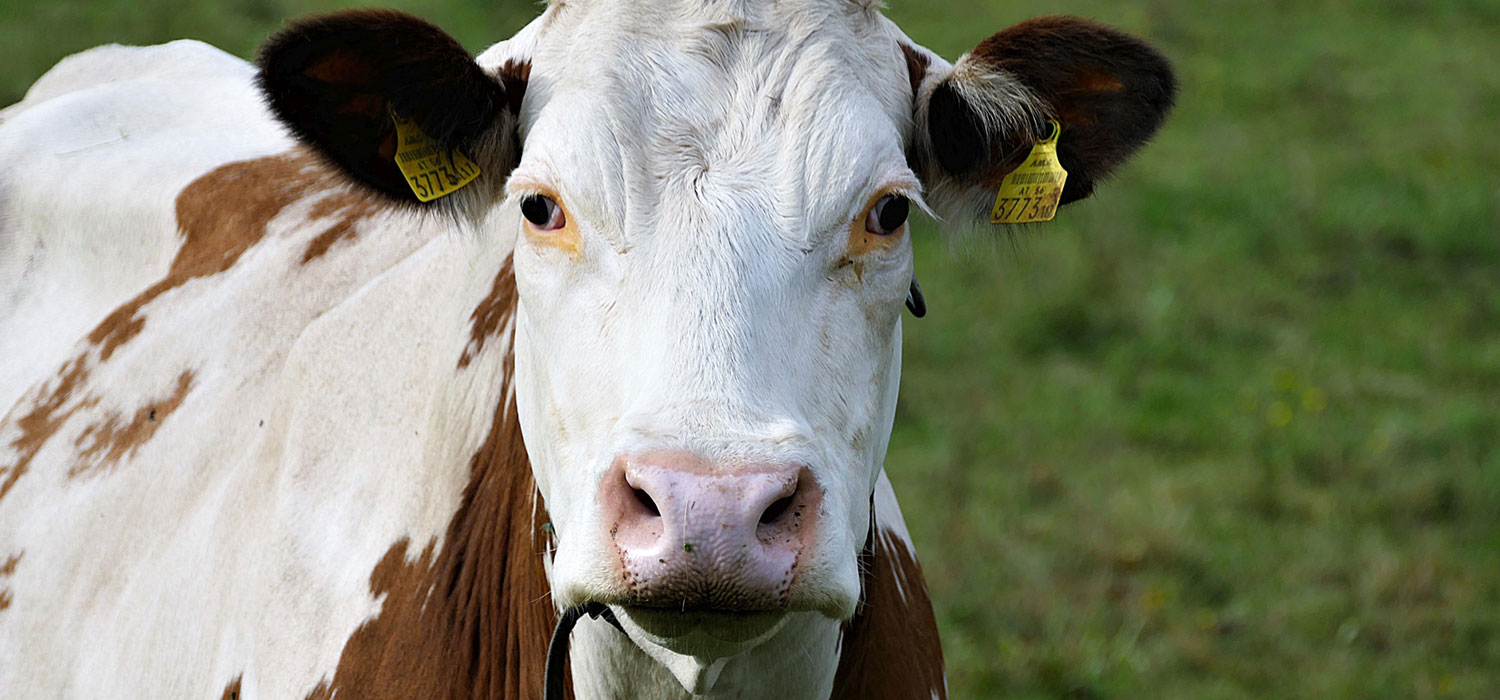In this section
Cattle
DISARM will share information on how to improve animal health and reduce the need for antibiotic use for dairy and beef cattle in housed and grazing systems. Cattle farms are highly varied, some using permanent indoor housing, others offering part- or full-time access to pasture. Other variations include farm and herd sizes, cattle breed, geographical location and climate. Cattle systems must balance optimizing biological function with economic efficiency, requiring interconnected technical, technological, managerial, economic and social activities. The specifics of these activities will differ from farm to farm, which is why our multi-actor farm health team approach seeks to develop tailored action plans for individual farms.
Key risk factors to cattle health may arise from cattle housing, feeding, stocking density, transportation and running an open rather than closed herd, etc. Selective breeding, particularly for high milk production in dairy cows, may contribute to health problems like lameness, mastitis, reproductive and metabolic disorders which often require antibiotic treatments. You can learn more about potential health risks on your farm and possible solutions by joining us at our events and workshops or accessing our resource materials which include a database of cutting-edge research and innovations, an online discussion group, short reports and informative videos.
DISARM will also work with other livestock sectors including pigs, poultry and sheep. There are commonalities across animal health risks and preventive measures. We believe working together to learn across species and sectors is a valuable way to improve animal health in livestock farming and reduce the need for antibiotic treatments.

